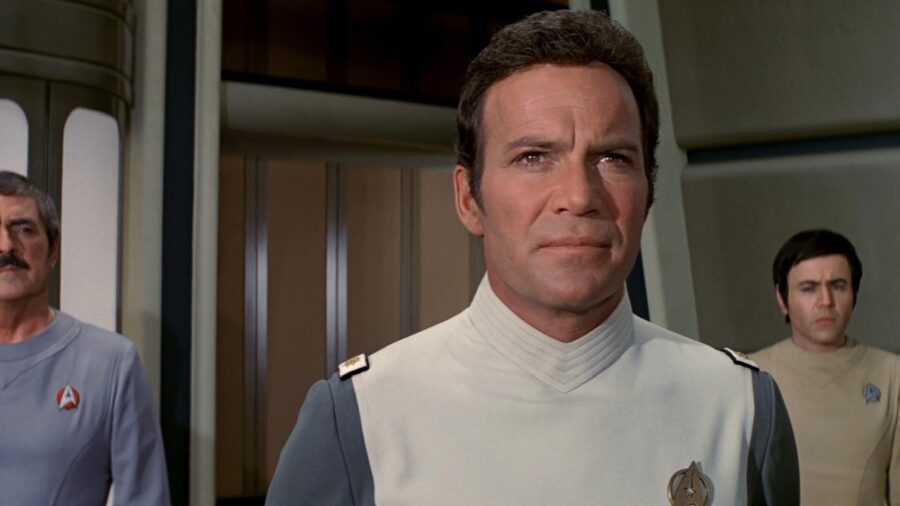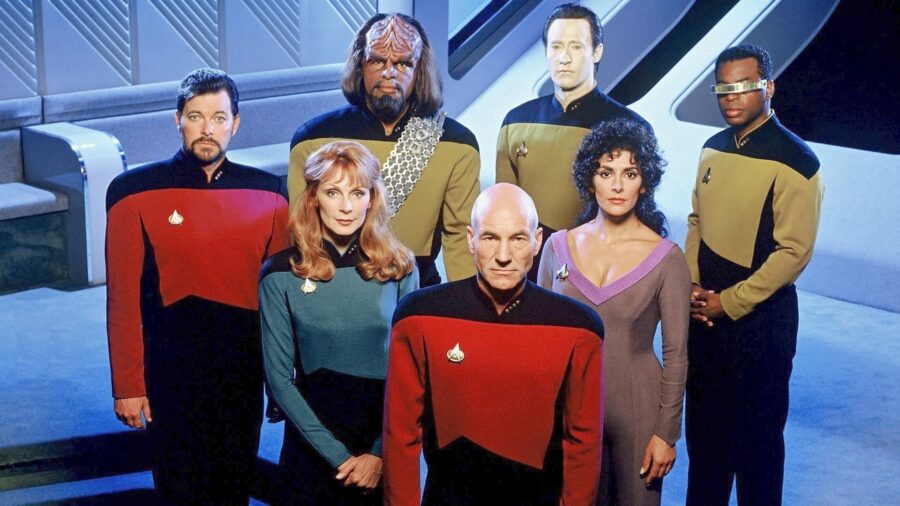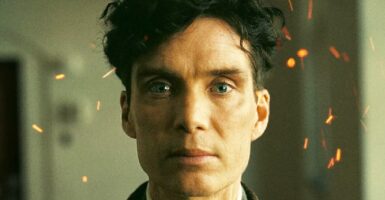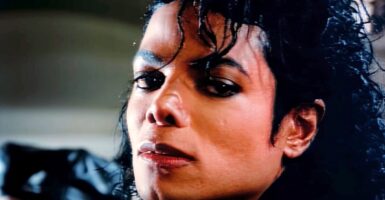Did The Star Trek Movies Never Happen? Where Captain Kirk Is Now
Was it all a dream?
This article is more than 2 years old

Fan theories — they can be incredibly fun, incredibly thought-provoking, and sometimes they’re just incredibly good evidence that just because a certain plant is legal in your state doesn’t necessarily mean you should think too hard while using it. There’s a new Star Trek fan theory that has us scratching our heads about where it falls. Late last week, an ambitious Trek fan started getting a lot of attention with the theory that none of the original cast’s movies after 1979’s Star Trek: The Motion Picture — everything between 1982’s Star Trek II: The Wrath of Khan and 1994’s Star Trek: Generations — canonically took place. No, this is not an old fan arguing that they were bad movies. Instead, they argue that everything in those six films represented a simulation being experienced by Kirk.
How could this be? Well, the Reddit user YARNIA explains that, in fact, a good deal of what we see in Star Trek: The Motion Picture doesn’t happen. Instead of stopping V’Ger’s destructive progress, the Enterprise and her crew are assimilated by V’Ger at some point during the events of the film and are kept in stasis. The end of the film is part of the simulation. YARNIA explains that V’Ger yearns to understand lifeforms and has “unlimited processing power” and so it puts Kirk and co. through the simulation to better understand them. For those familiar with the Star Trek: The Next Generation (TNG) episode Ship in a Bottle in which the malevolent holographic recreation of Professor Moriarty is made to believe he has escaped the Enterprise and gone on a never ending adventure — when in fact he is stuck in a self-replicating simulation without knowing it — YARNIA explains it as being a similar idea.

Believe it or not, YARNIA raises some good points for their theory. They argue that the explanation given for the Enterprise’s shields being able to withstand V’Ger’s energy cloud — the same cloud that was able to destroy three Klingon ships and an entire Starfleet space station within seconds — just because of a shield upgrade, is pretty thin. They also point out what seems like a huge inconsistency: that Dr. McCoy (DeForest Kelley) harshly criticizes Kirk for taking back his command of the Enterprise in Star Trek: The Motion Picture, but later in Star Trek II passionately urges him to take back his command of the ship. They say Kirk’s adventures “get more implausible” with each movie and that when he dies in Generations, it’s actually because he’s finally rejected the simulation. V’Ger, the theory says, knows that Kirk is rejecting the simulation and so creates a simulation within a simulation — the Nexus of Generations — in order to stage Kirk’s death.
So, does YARNIA’s theory make some interesting points? Absolutely. Is there any way they’re right? No, not remotely. And the reason why they can’t possibly be right about their theory can be described in four words: Tea. Earl Grey. Hot.

In other words, this fan theory completely ignores its most glaring flaw — the existence of Star Trek: The Next Generation and every other Star Trek film and series set after the events of the original cast’s films. First of all, for the events of Generations to be a simulation, then the events of the entire TNG series must likewise be a part of the same simulation, and we know that’s not the case. We know that’s not the case because when Kirk enters the Nexus, he believes he’s just left the Enterprise-B a century earlier, meaning his (according to this theory) self-replicating simulation wouldn’t have gotten as far as the 24th century, i.e. the era of TNG. Second of all, characters who have likewise been assimilated by V’Ger according to this theory — Spock (Leonard Nimoy), McCoy, and Scotty (James Doohan) — all appear in TNG long after the events of the first Star Trek movie. Third and finally, events of all the original cast Star Trek films are referenced in TNG, Deep Space Nine, Voyager, etc.
So no — while we have to give YARNIA high points for originality, the theory doesn’t survive any better than a pile of loose latinum would survive in Quark’s Bar. Of course, we could be wrong. It could be that Kirk’s imagination produced the entire Trek franchise. But, come on. William Shatner coming up with that many stories that don’t involve William Shatner? Who’s going to buy that?












